New details emerge on the F-47, America’s 6th-generation stealth fighter
- By Alex Hollings
Share This Article
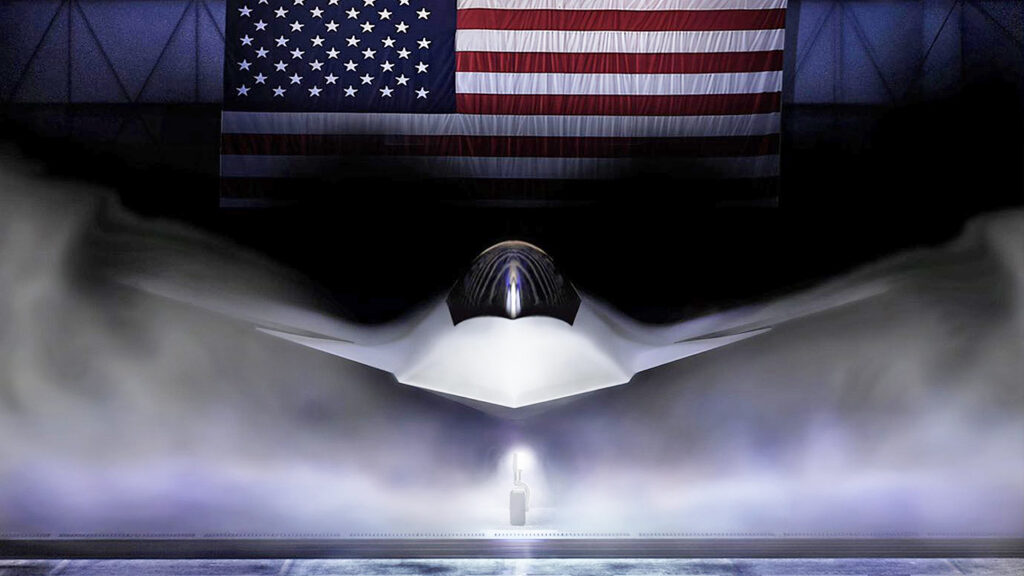
Thanks to Air Force Chief of Staff General David Allvin, we have learned a few more details about America’s new stealth fighter, the F-47, and the AI-controlled drone wingmen being tested to fly alongside it.
Last month, we learned that Boeing had secured the contract to build America’s next stealth air superiority fighter, a platform the Air Force is touting as the world’s first 6th generation fighter. But aside from renders that we now know were intentionally misleading about the aircraft’s design, the Air Force has been rather tight lipped about what we can expect from this new platform.
However, the image became just a little bit clearer a few days ago when General David Allvin, the Air Force’s chief of staff, took to X to share a graphic, breaking down three generations of air combat platforms that will serve together once the F-47 starts rolling out of production.
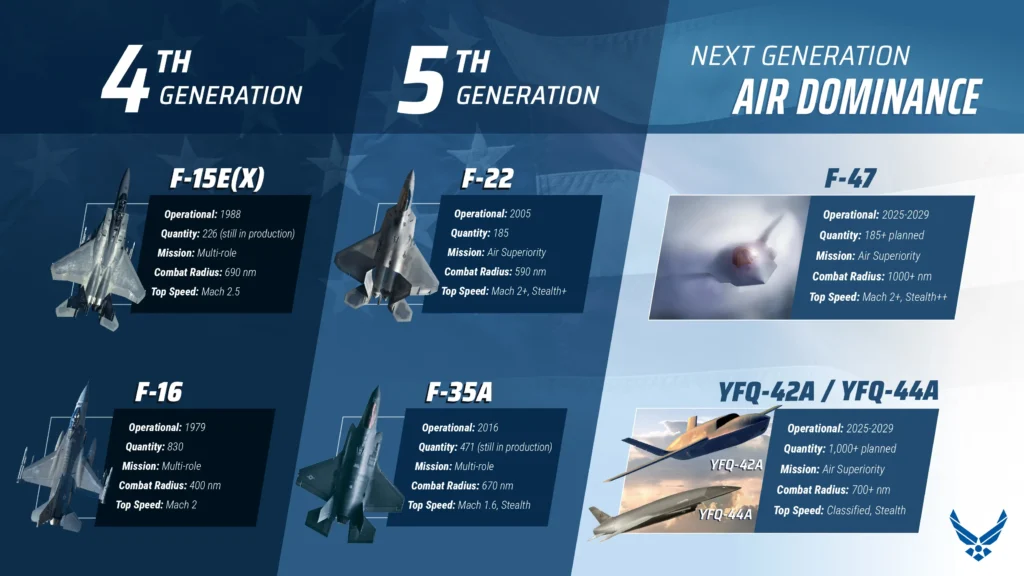
On the left, we see the 4th generation backbone of the Air Force’s fighter fleet, made up of 226 F-15E Strike Eagles and F-15EX Eagle IIs (with more in production) and another 830 in-service F-16s. In the middle, we have the two most capable stealth fighters on the planet, with 185 F-22 Raptors and 471 (and counting) runway-queen F-35As.
And finally, we have the far-right column, which highlights Boeing’s new F-47, along with the General Atomics’ YFQ-42 and Anduril’s YFQ-44.
According to the graphic, the Air Force envisions buying at least 185 F-47s; this could provide it with enough aircraft to replace the Raptor fleet on a one-to-one basis – but that figure can be a bit misleading. The F-47 is meant to fly at the heart of a constellation of drone wingmen, with initial assessments suggesting each new fighter would be matched up to at least two, but maybe as many as five AI-enabled drone wingmen. However, more recent tests have shown that the final figure could be much more, with Lockheed Martin already demonstrating the ability to control eight drones from a single F-35.
That means each of the 185 new F-47s should be thought of as a fighter formation unto itself, rather than as a single jet.
And maybe the best new tidbit of information we get from this graphic is the F-47’s combat radius – listed as more than 1,000 nautical miles, which translates to roughly 1,150 regular miles or around 1,850 kilometers for those of us who aren’t pirates. “Combat radius” is the estimated distance the aircraft can cover before deploying its weapons and returning where it took off from, meaning a fighter’s combat radius is roughly half of its total unrefueled range with a combat load.
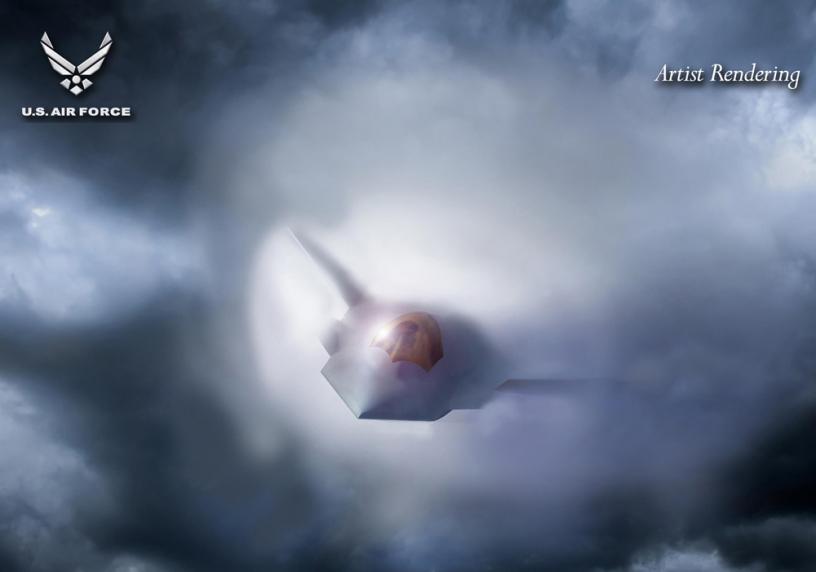
The F-47’s combat radius is massively improved over its predecessor’s, the legendary F-22 Raptor, which has a publicly disclosed combat radius of just 590 nautical miles, or just shy of 680 miles; and it also beats the slightly longer-legged F-35A that has a disclosed combat radius of 670 nautical miles (about 771 regular miles).
The F-47’s improved tealth is also reflected in this graphic, at least in basic form, with the F-35 and both drone wingmen listed as “Stealth” platforms, the F-22 Raptor listed as “Stealth+,” and the F-47 listed as “Stealth++.”
Radar cross sections are notoriously difficult to calculate and vary depending on radar frequency and angle of observation, but speaking in general terms, the F-35’s radar cross section is estimated to be .005 square meters – nearly half the size of the F-117 Nighthawk on radar scopes. but the larger and stealthier F-22 Raptor is said to have a frontal radar cross section of an incredible .0001 square meters – an astonishing 50 times smaller than the very stealthy F-35. If that difference is encapsulated in the distinction between “Stealth” and “Stealth+” on this graphic, then, it suggests the F-47 that is designated as “Stealth++” may be the stealthiest fighter ever designed by a wide margin.
It’s also worth noting that the top speed for the YFQ-42 and YFQ-44 are listed as “classified.” Now, in the past, we’ve learned that both of these drone wingmen were being tested in a subsonic configuration, but that it could be possible to pull supersonic performance out of these aircraft with larger, higher-thrust turbofan engines. Saying their top speed is “classified” may well point toward that being a possibility.
Feature Image: The F-47 fighter. (U.S. Air Force)
Read more from Sandboxx News
- America’s power grid could be vulnerable to Chinese hijacking, report finds
- F-35 will be upgraded to the twin-engine F-55, says President Trump. But how realistic is that?
- The F-22 Raptor will get a ‘super’ upgrade, says President Trump
- Danger, Mines! Delta Force misadventures in Bosnia
- How the AR-18 influenced a generation of service rifles
Related Posts
Sandboxx News Merch
-

‘Kinetic Diplomacy’ Bumper Sticker (White)
$8.00 Add to cart -

F-35 ‘Evolution’ Framed Poster
$45.00 – $111.00Price range: $45.00 through $111.00 Select options This product has multiple variants. The options may be chosen on the product page -

A-10 ‘Warthog’ Poster
$22.00 – $28.00Price range: $22.00 through $28.00 Select options This product has multiple variants. The options may be chosen on the product page

Alex Hollings
Alex Hollings is a writer, dad, and Marine veteran.
Related to: Airpower
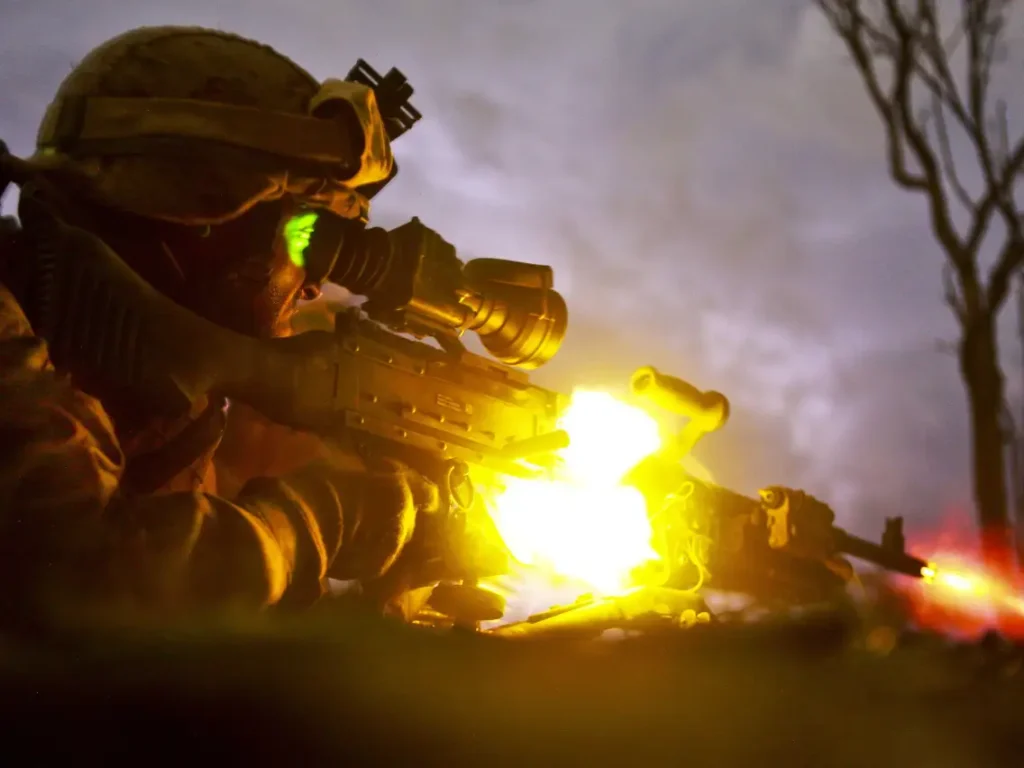
How US Special Forces took on Wagner Group mercenaries in an intense 4-hour battle

The social hierarchy of US special operations units
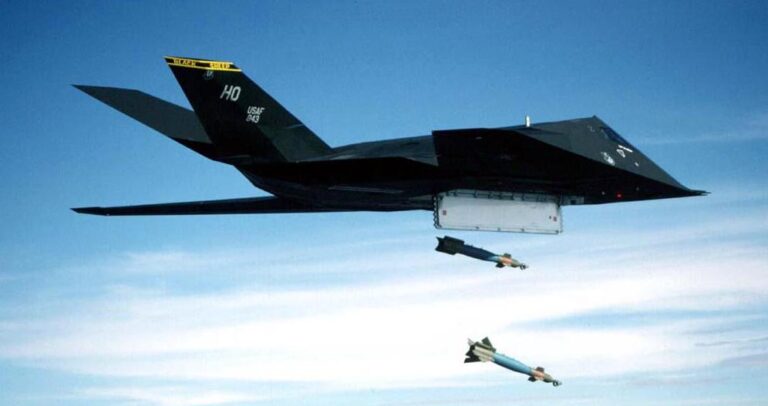
It took more than stealth to make the F-117 Nighthawk a combat legend
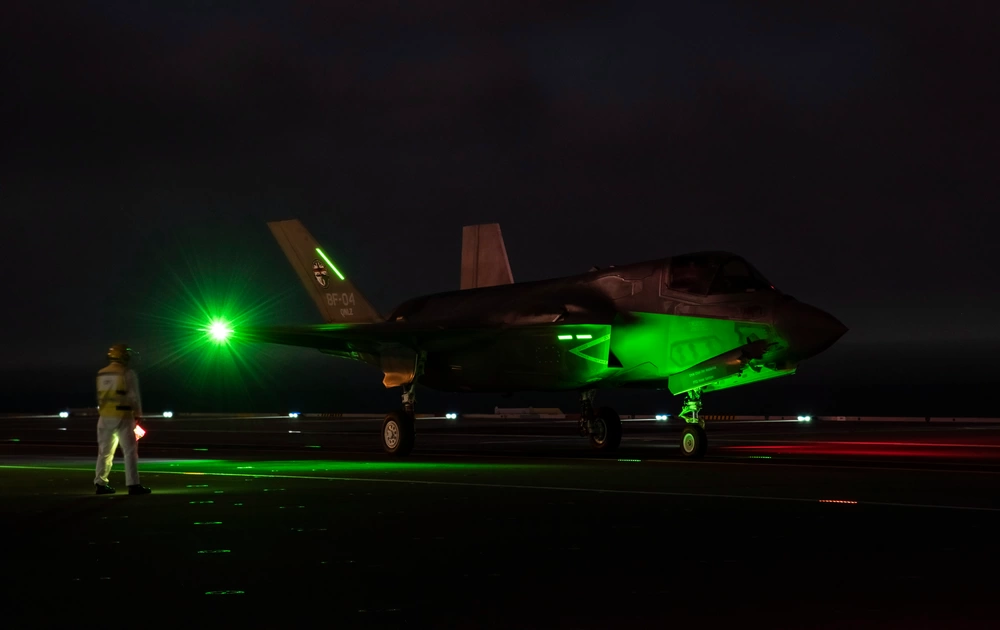
New material from North Carolina State University could revolutionize stealth aircraft (and even warship) design
Sandboxx News
-

‘Sandboxx News’ Trucker Cap
$27.00 Select options This product has multiple variants. The options may be chosen on the product page -

‘AirPower’ Classic Hoodie
$46.00 – $48.00Price range: $46.00 through $48.00 Select options This product has multiple variants. The options may be chosen on the product page -

‘AirPower’ Golf Rope Hat
$31.00 Select options This product has multiple variants. The options may be chosen on the product page -

‘Sandboxx News’ Dad Hat
$27.00 Select options This product has multiple variants. The options may be chosen on the product page
